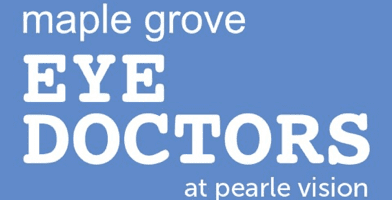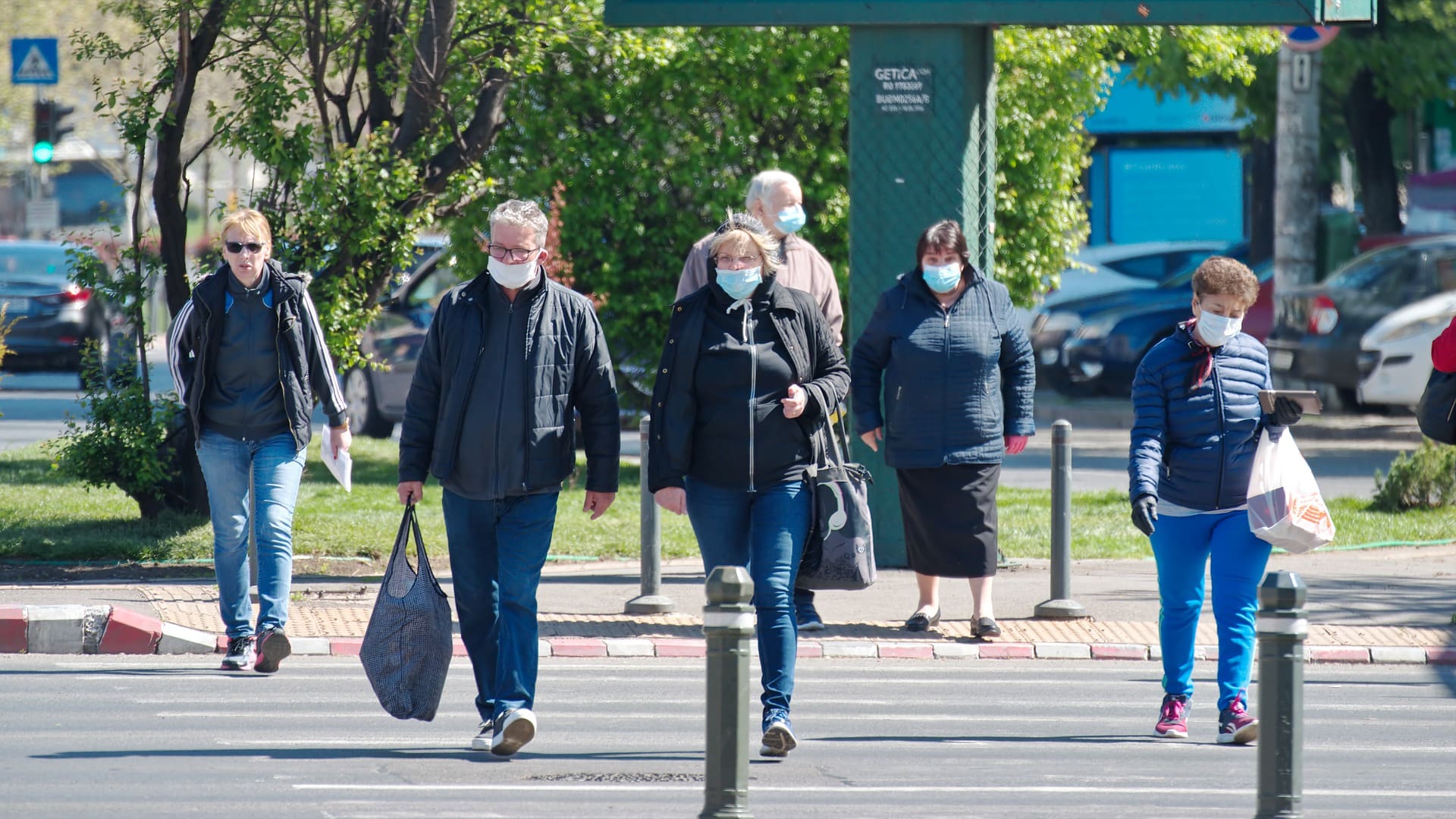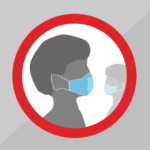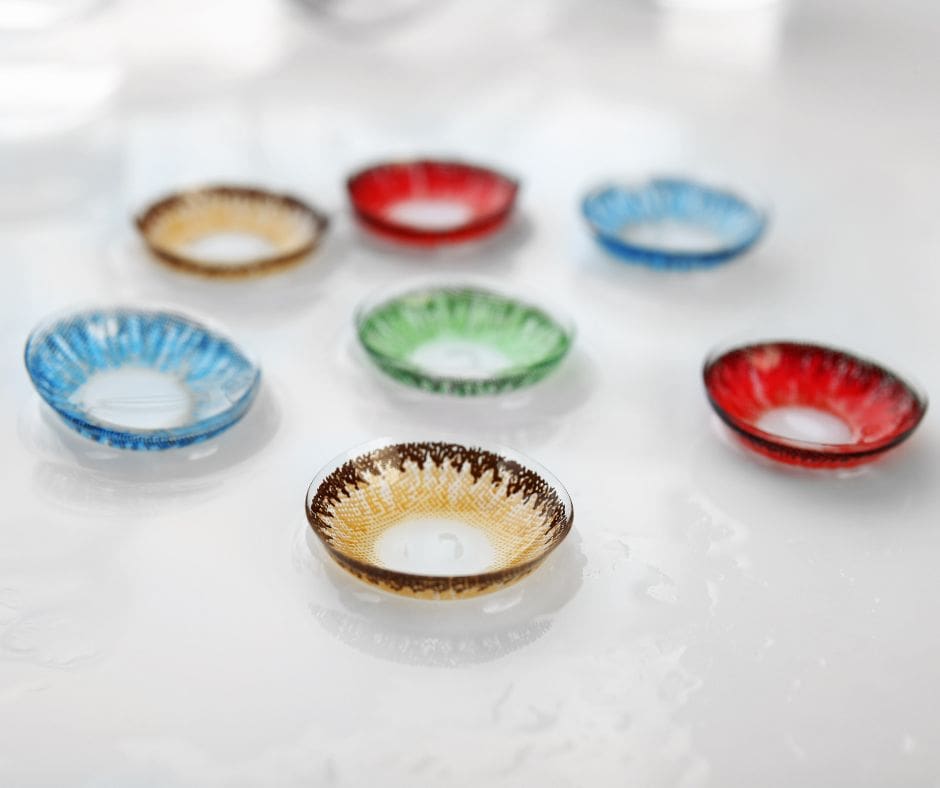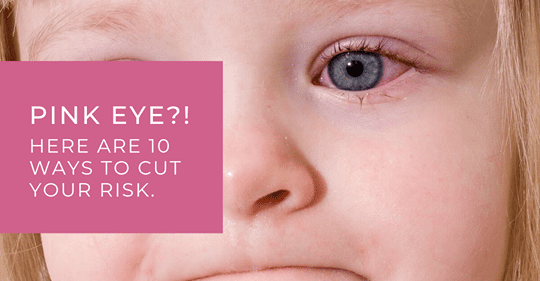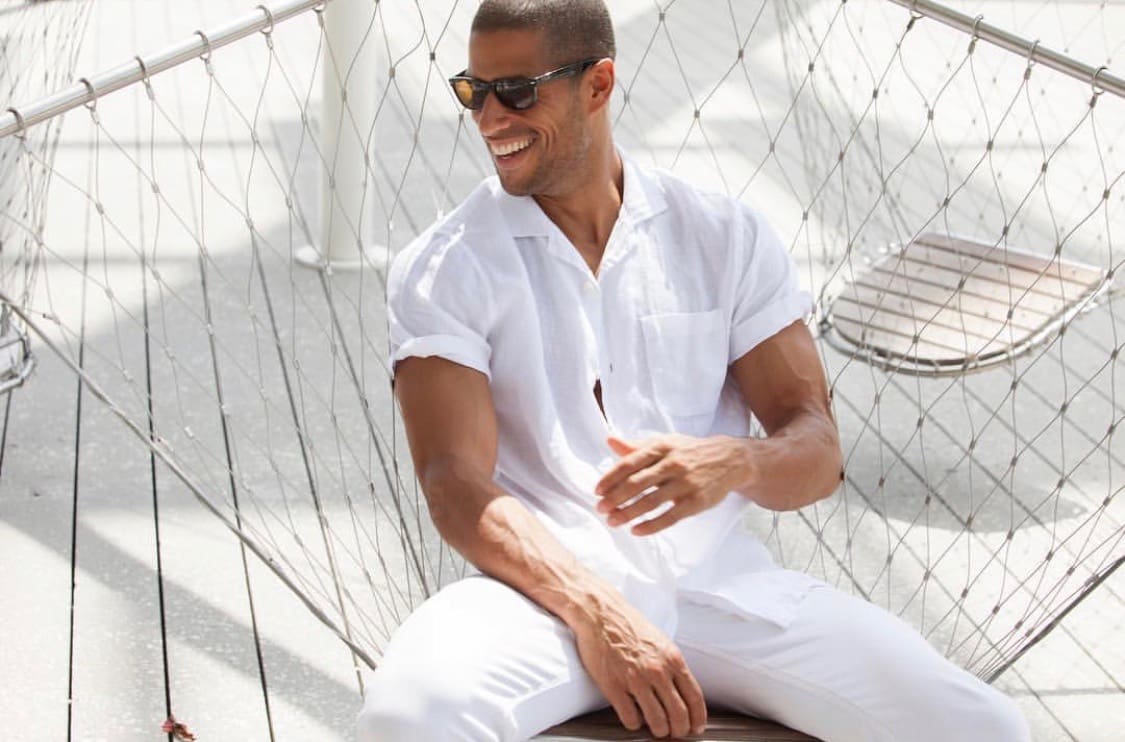Is Wearing a Mask Causing Your Dry Eyes?
What to know about the new COVID-19-era problem and how to prevent it

Since mask use is likely to continue for the foreseeable future, one thing to make sure of, is that your mask fits properly.
Dry eye is a common condition that occurs when your tears aren’t providing proper lubrication for your eyes. This may be because your eyes aren’t producing enough tears or because the quality of the tears your eyes are producing is poor. Nearly 5 million Americans know the symptoms, which can range from annoying to downright uncomfortable, all too well. Part of the unpleasant picture: a scratchy “I’ve-got-something-in-my-eye” sensation, stinging, burning, blurred vision and redness.
Older people, who are more likely to get dry eye since the eyes’ tear function declines with age, are particularly prone to MADE symptoms. Also vulnerable, are the large number of us working from home these days, doing a zillion Zoom calls and staring at our computer screens all day long. Indeed, studies show that when focusing on a computer screen, people blink a whopping 66 percent less than they normally do, causing the tears that coat the eyes to evaporate more quickly.
Many suspect that the link between face masks and dry eye has to do with airflow. When you exhale in a mask that doesn’t have a tight fit, air can escape from the top of the mask and flow across the surface of eyes; the moving air dries out the tear film, a thin layer of fluid covering the eye’s surface. Poorly fitting masks can also cause problems, pulling down the lower eyelids slightly, causing incomplete eyelid closure.
When you blink, that force of the blink pushes fluid out of our lids and into your tear film, improving the eyes’ surface,. If you’re not completely closing the two lids together when you blink because you have something driving your lower lid down, it can reduce the amount of liquid that is in your eye.
What’s more, when the lower eyelids are pulled down, that very delicate tissue that lines the lower eyelid, the mucosa — which does not like air — can get dried out, leading to irritation and inflammation.
There are ways to prevent dry eye, but abandoning your mask is NOT one of them. NO. IT. IS. NOT. A little discomfort is a small price to pay for protection against COVID-19. And normal dryness can be treated , or possibly even prevented, with some simple strategies.
Find the right fit
Look for a mask that has a malleable wire integrated along the top edge, which you mold to the bridge of your nose, so the airflow doesn’t escape and move upward toward your eyes. Another way to keep the mask secure: Put a piece of paper medical tape or Breathe Right Strips on the nose bridge or along the top of the mask. They’re a little tackier and can keep the mask in place, especially if you’re wearing it for long hours. When pressing the top edge of the mask into place, don’t go higher than the very top of the cheek. We have done some research and we have found a mask that is excellently designed ergonomically for fit and has the secure nosepiece so it also keeps glasses from fogging up. It has easily adjustable ear loops for comfort and a slot for a filter. YES. WE DO SELL THEM IN OUR PRACTICE.
Be proactive
A lot of people may have had dry eye before the pandemic and simply ignored the symptoms. I think that over the past few months, we’ve ‘unmasked’ a lot of dry eye patients — people who were kind of getting by because their symptoms weren’t too bad. They may have been symptomatic, but now they’re really symptomatic. Don’t wait for your eyes to start bugging you before you start taking action.
